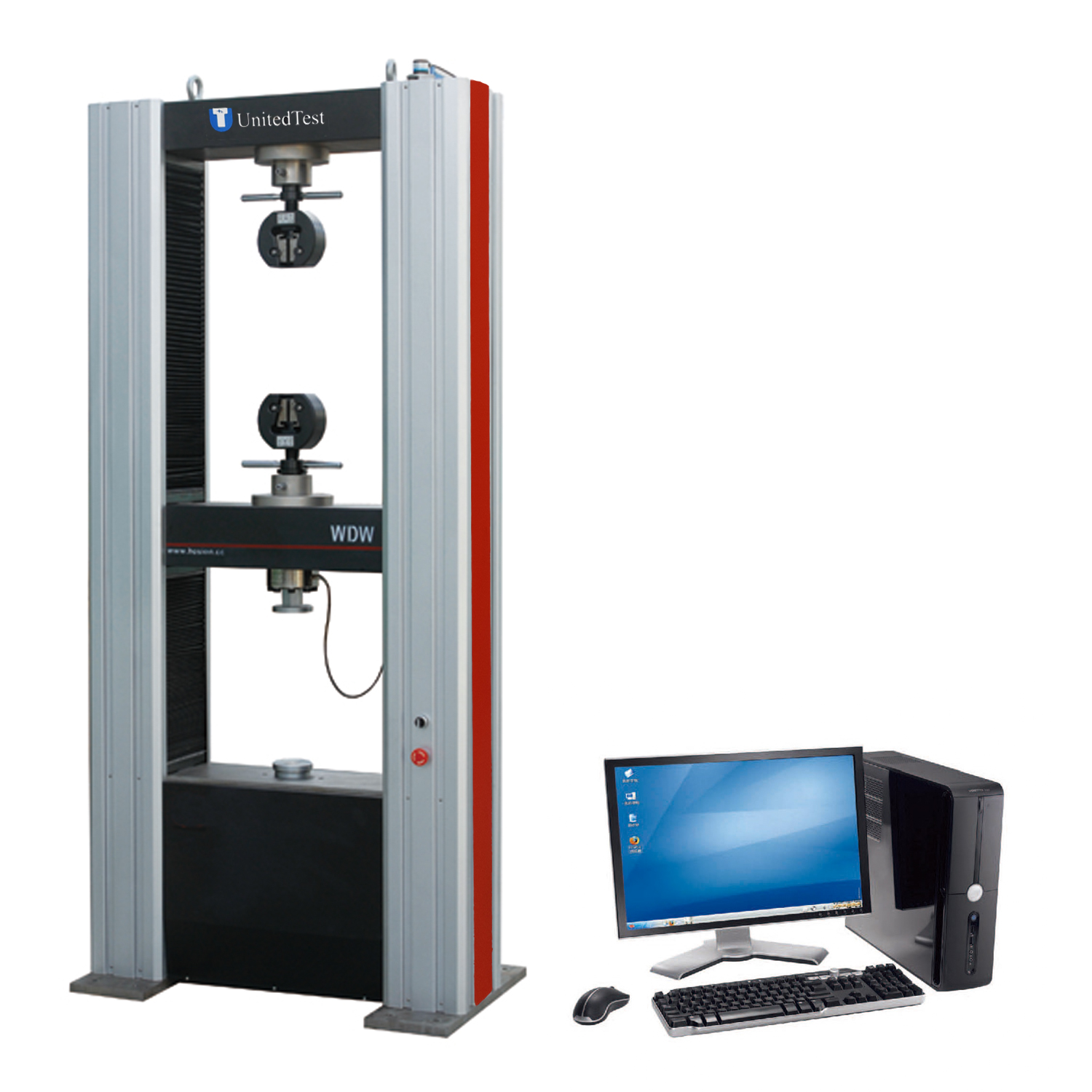Guide of Short-Beam Shear Strength Test ASTM D2344
Core points of ASTM D2344 composite materials and their laminated short beam shear strength test method
1, Standard definition and scope of application
1). Core purpose
Measure the short beam shear strength (interlaminar shear strength) of high modulus fiber-reinforced polymer based composites and their laminates using three-point bending loading method.
2). Applicable materials
Polymer based composite materials reinforced with continuous or discontinuous fibers (such as carbon fiber, glass fiber reinforced resin matrix).
The material needs to meet the requirements of elastic properties that are symmetrical and balanced about the longitudinal axis of the beam.
The maximum thickness of the sample is 6mm (0.25 inches), which can be machined from flat or curved plates.
2, Testing principles and methods
1). Sample size and span control
The length of the sample is usually 20-30mm, and the width and thickness should be uniform.
The span to thickness ratio is strictly limited to 4:1 (span=4 x specimen thickness) to ensure that shear stress is concentrated in the interlayer region.
2). Loading conditions
Loading rate: Continuous loading at a constant speed of 1-2 mm/min.
Termination conditions: Load reduction of 30%, specimen fracture or displacement exceeding nominal thickness.
Strength calculation: According to the maximum load at break P_max, specimen width b, and thickness h, the shear strength of the short beam is calculated using the formula:

3, Test key control points
1). Sample processing accuracy
The dimensional tolerance should be controlled within ± 0.03mm to avoid resin carbonization or microcracks caused by manual polishing or dry cutting.
It is recommended to use diamond coated cutting tools combined with micro lubrication (MQL) technology, with a spindle speed of ≥ 8000rpm.
2). Environmental control
Standard test environment: temperature 23 ± 2 ℃, humidity 50 ± 5%.
3). Failure Mode Verification
Typical failure modes include interlayer delamination, matrix cracking, etc., which need to be confirmed through industrial CT (resolution ≤ 5 μ m) or microscopic observation.
4, Application and Limitations
1). Main purpose
Quality control and process specifications are particularly suitable for rapid assessment of interlayer bonding strength in composite materials.
2). Limitations Explanation

The strength of short beams cannot be directly equated with a single material property (such as pure shear strength) due to the influence of complex stress states and multi-mode failures.
The discreteness of test results needs to be strictly controlled (coefficient of variation should be ≤ 5%), and non-standard processing may lead to data deviations of up to 30%.
5, Related standards and equipment
Reference standards: ASTM D3039 (tensile), ASTM D3410 (compression), GB/T 1446 (general test requirements), etc.
6, Key equipment: three-point bending fixture (ensuring span accuracy), constant speed testing machine (such as tensile testing machine), industrial CT or laser micrometer.
Beijing United Test Co.,Ltd. export@unitedtest.com offer the testing equipment and test fixture of Short-Beam Shear Strength Test ASTM D2344. Contact us now : export@unitedtest.com, unitedtest@hotmail.com












